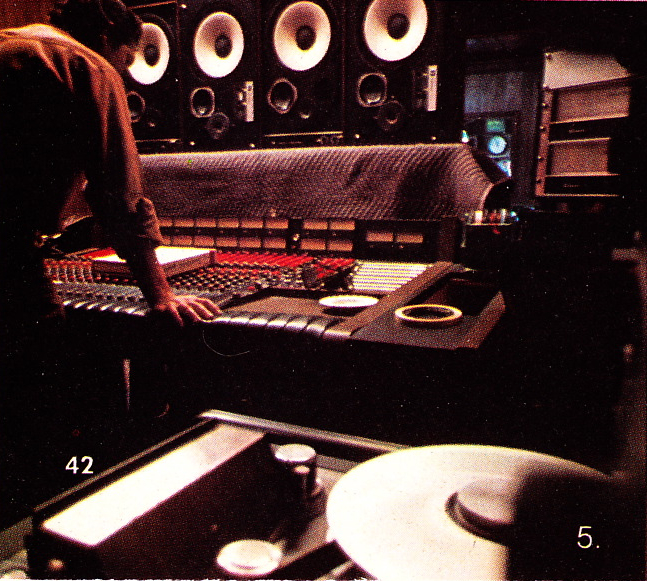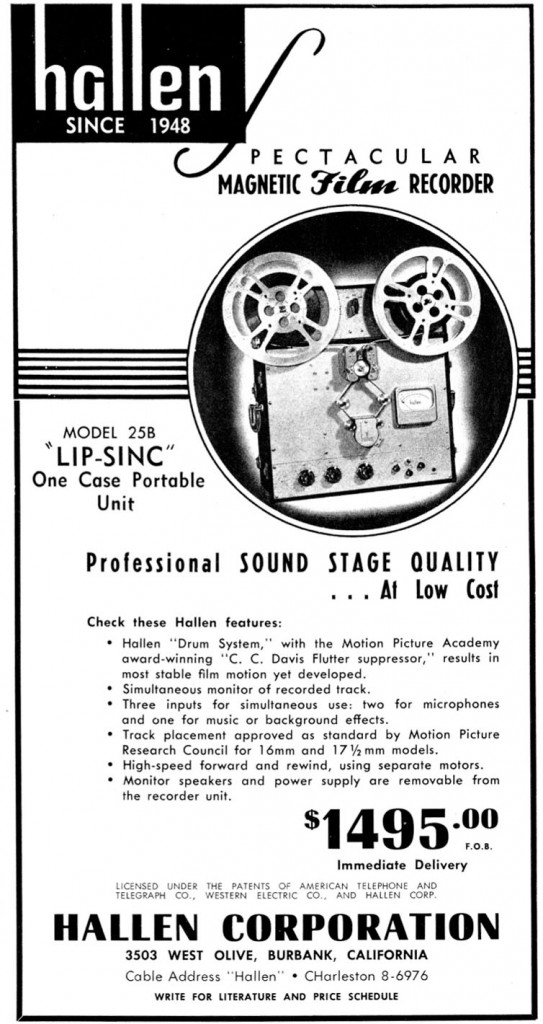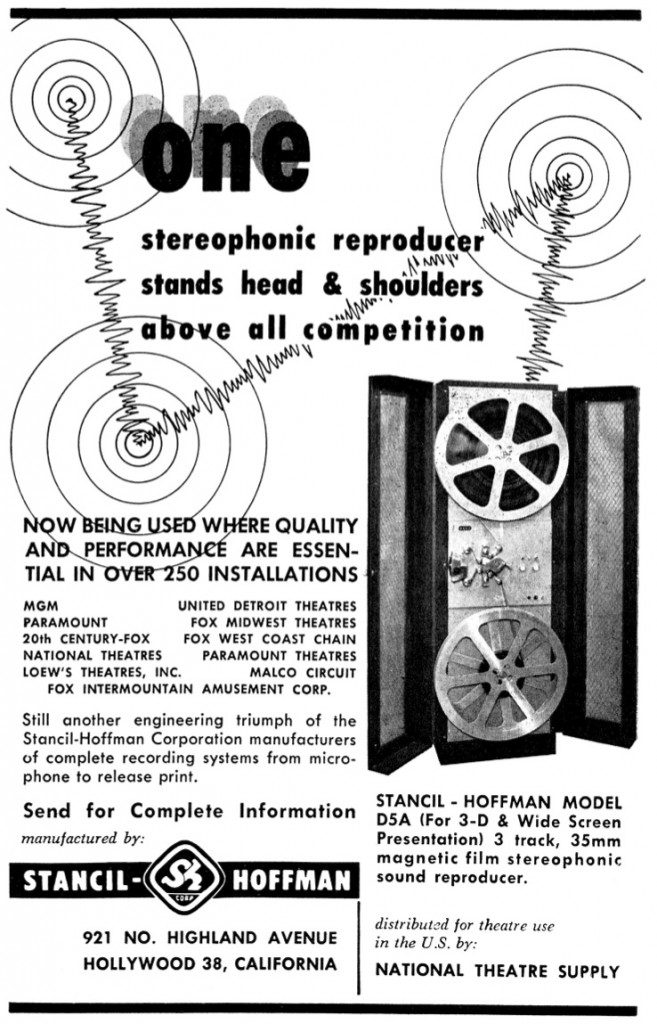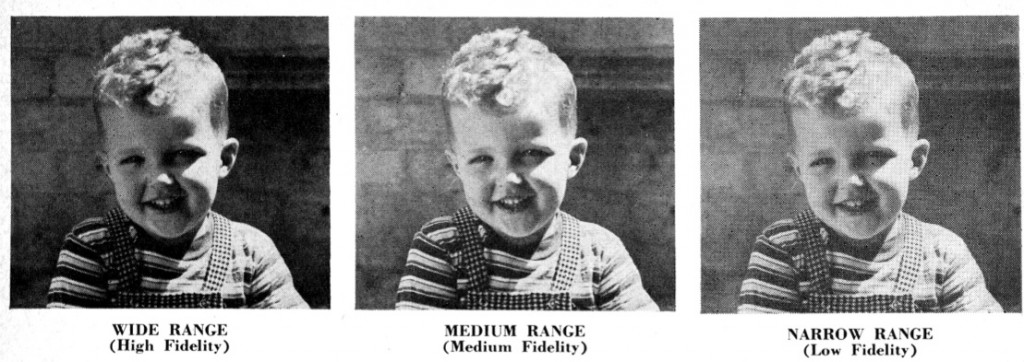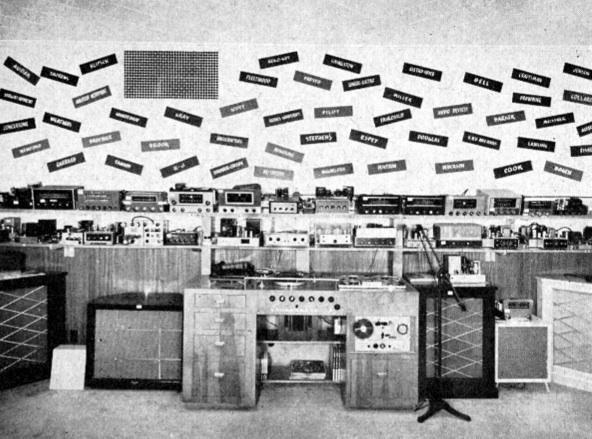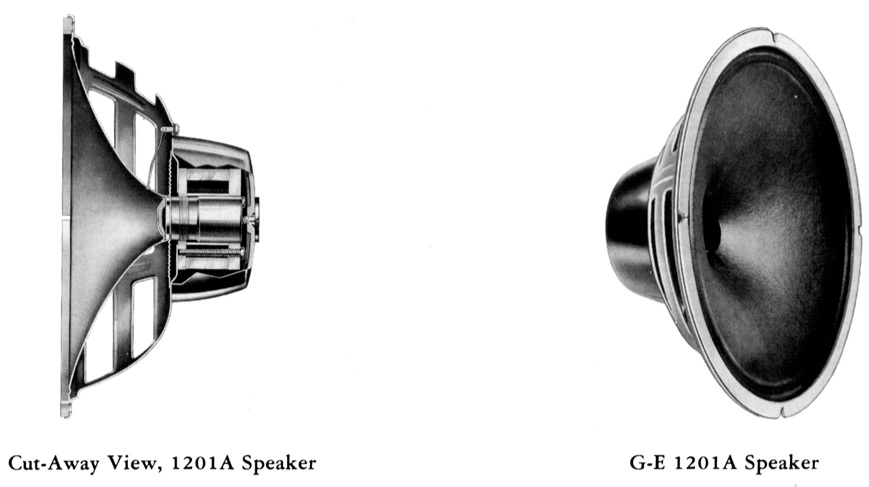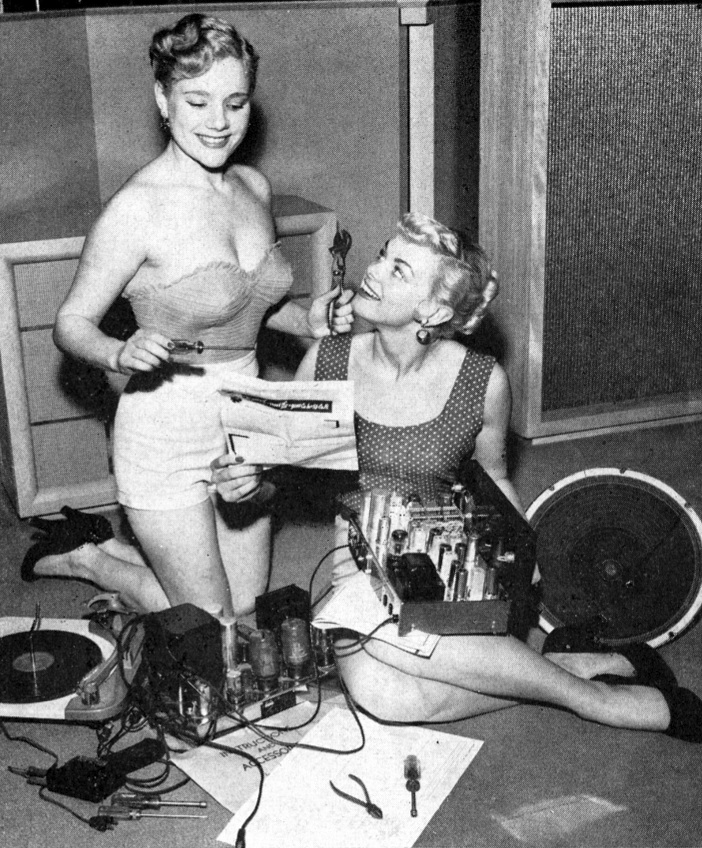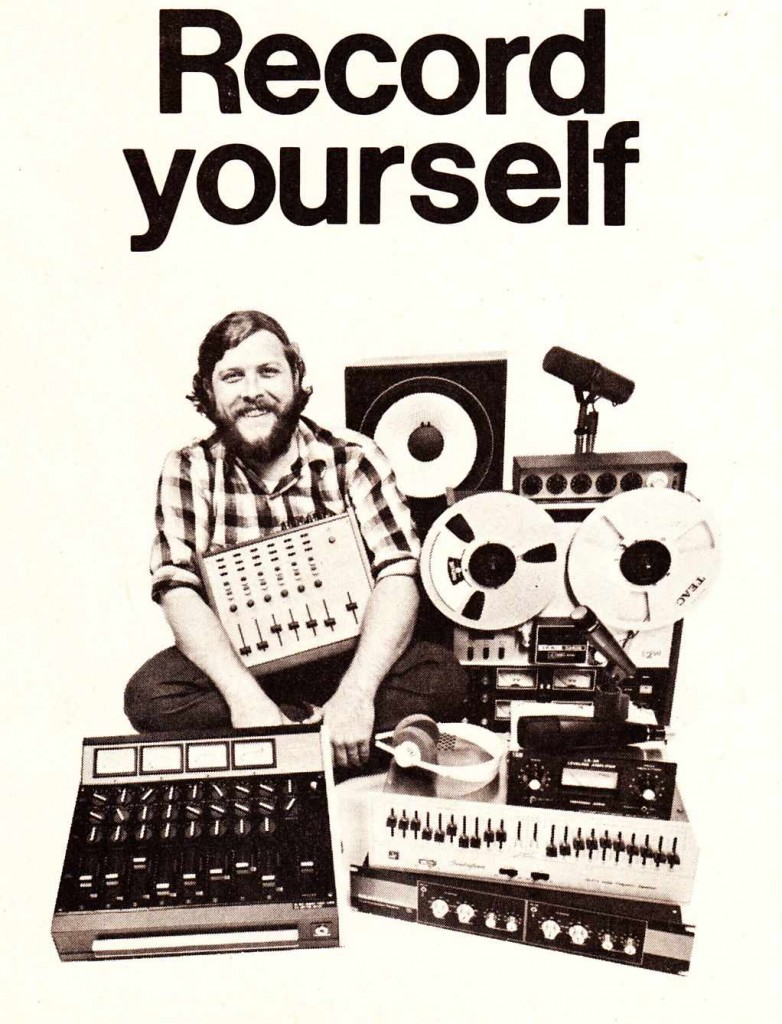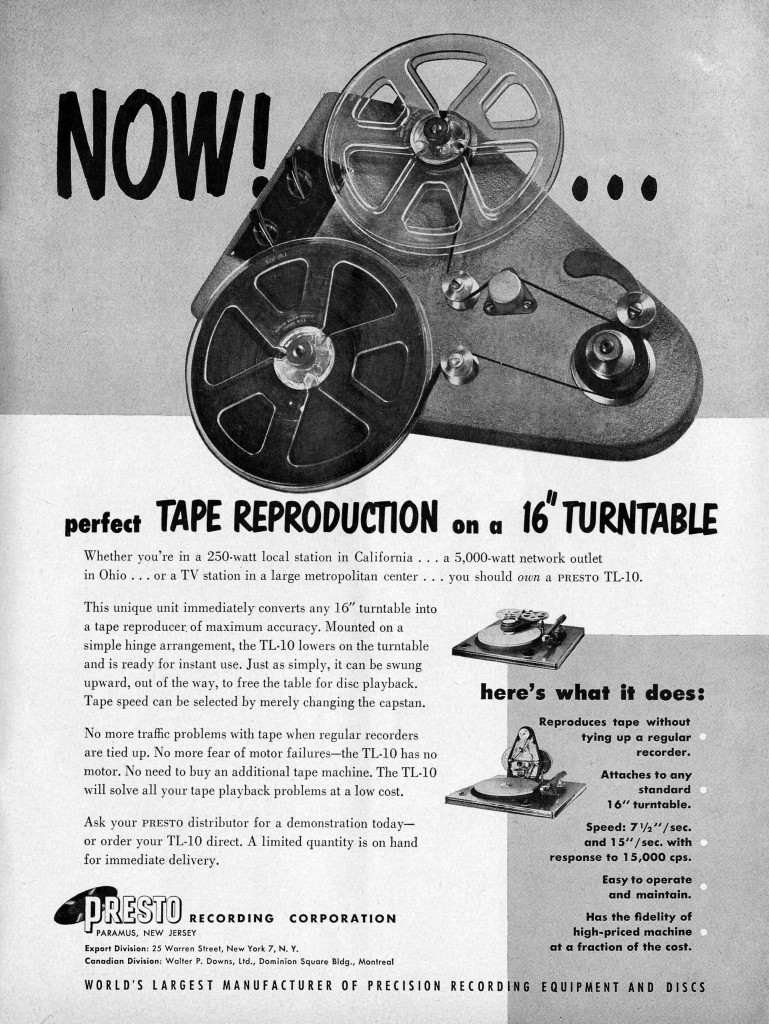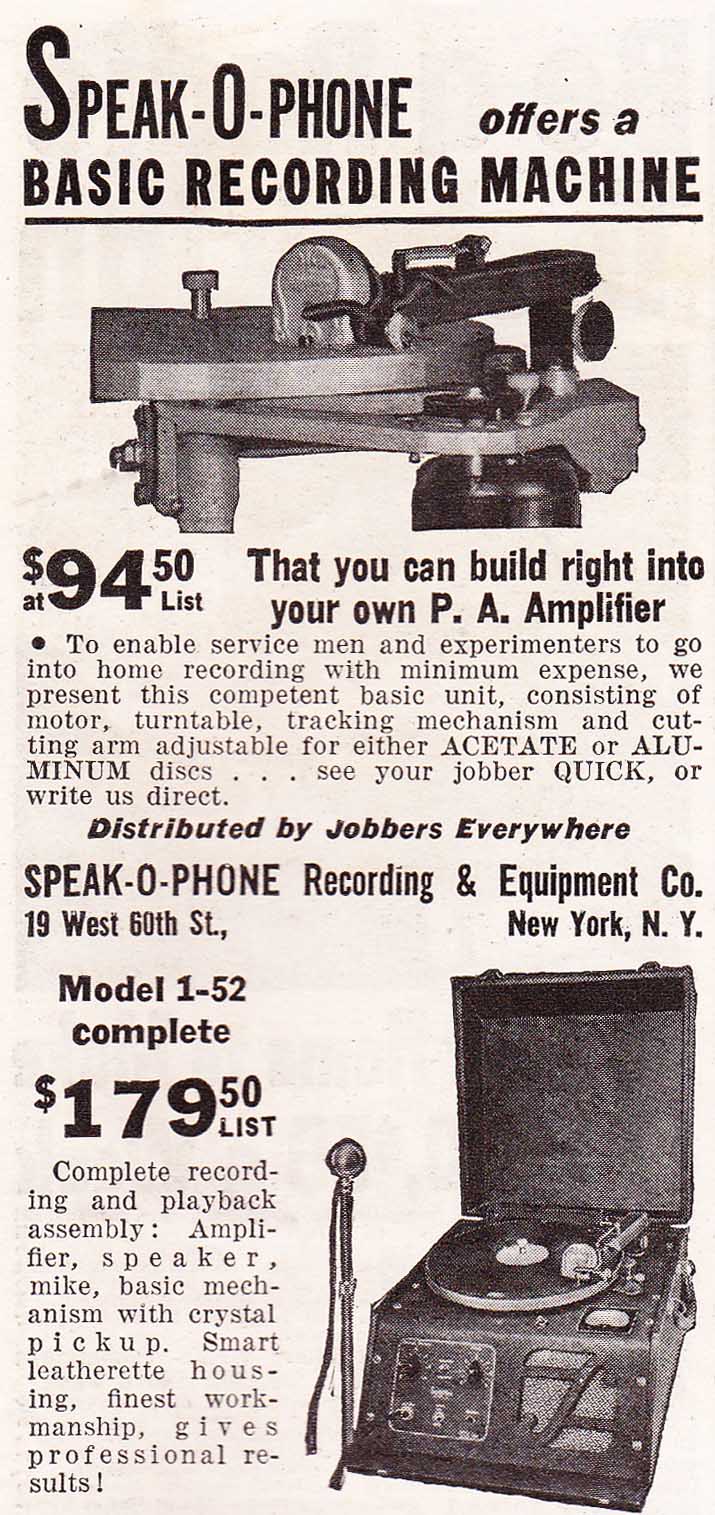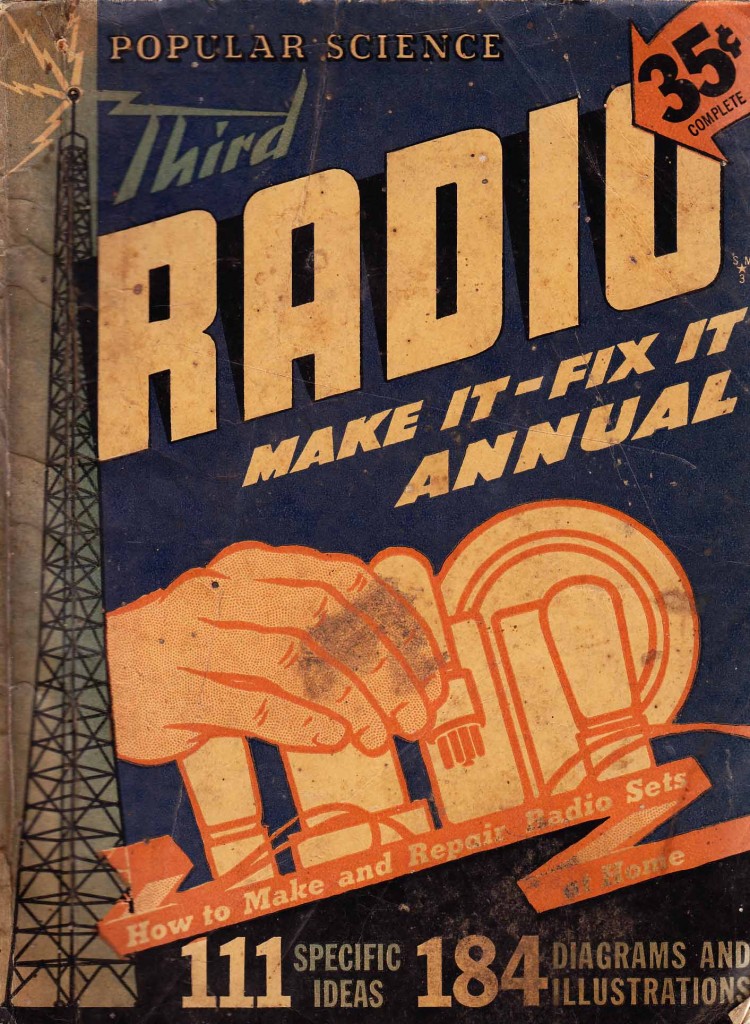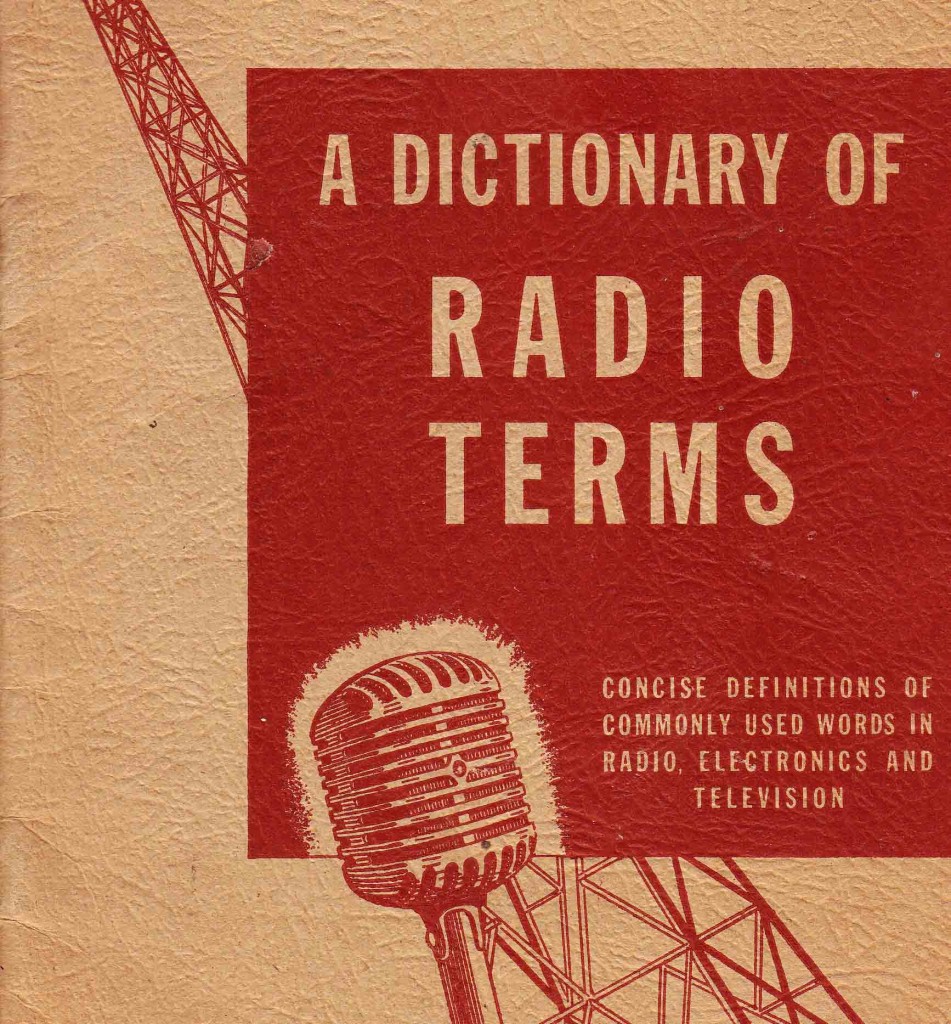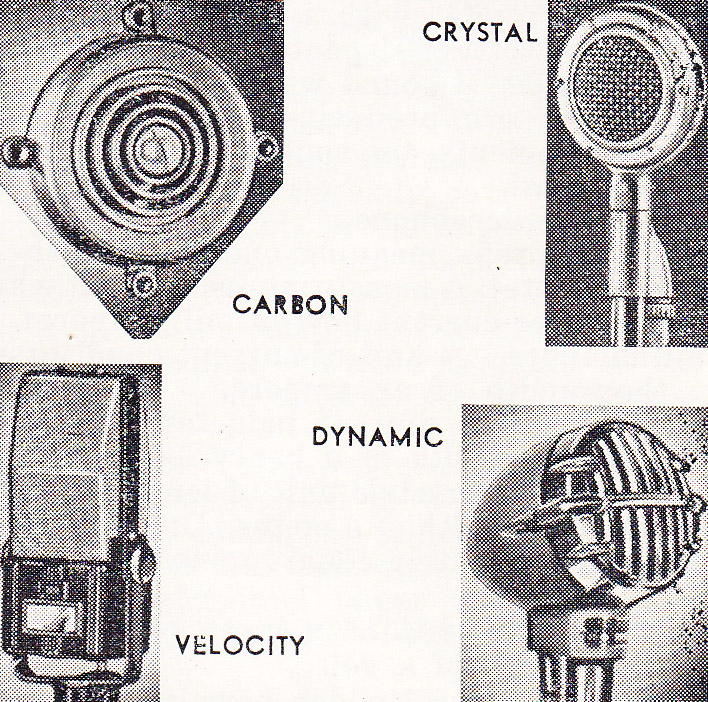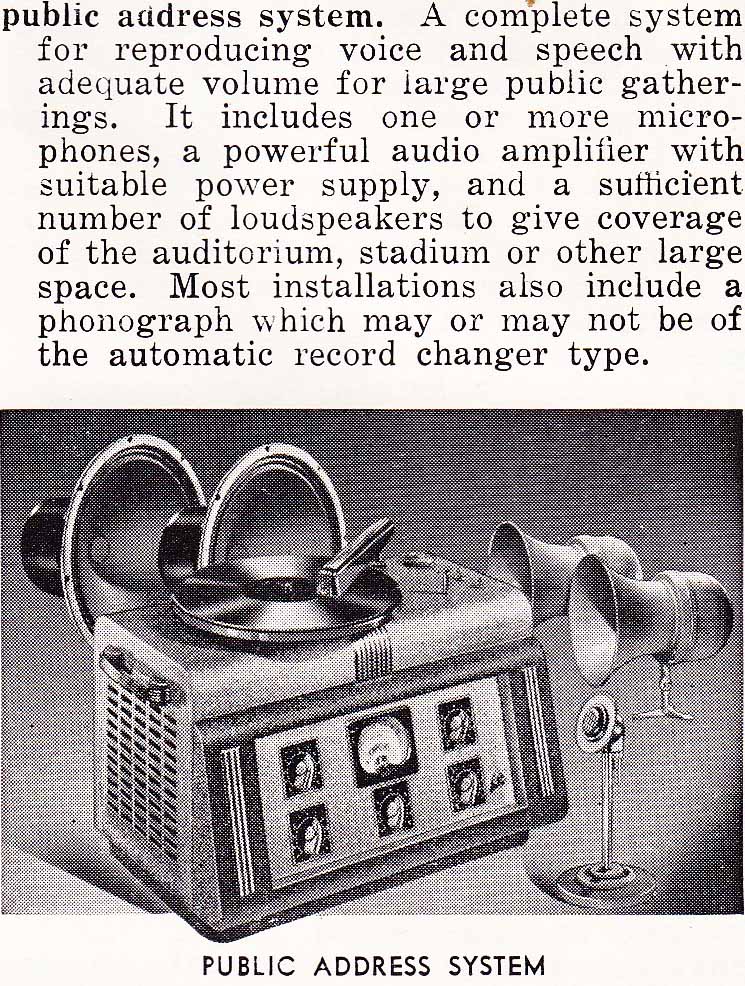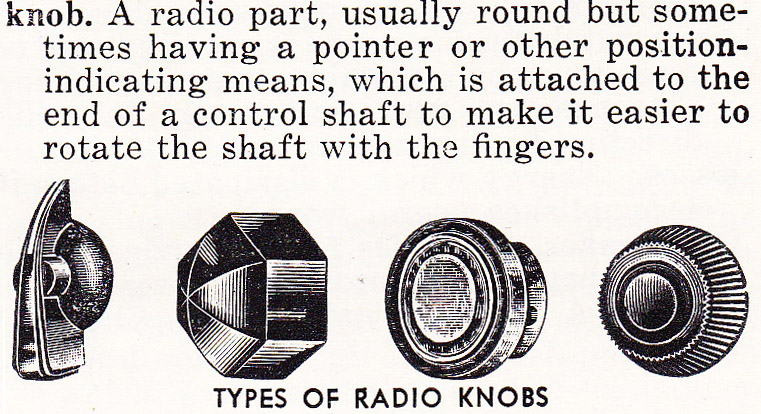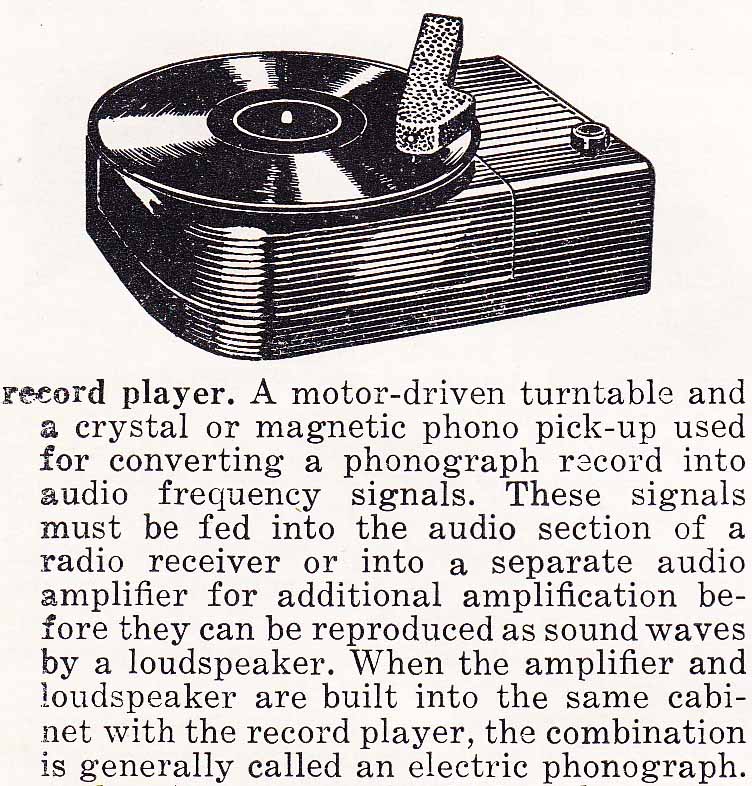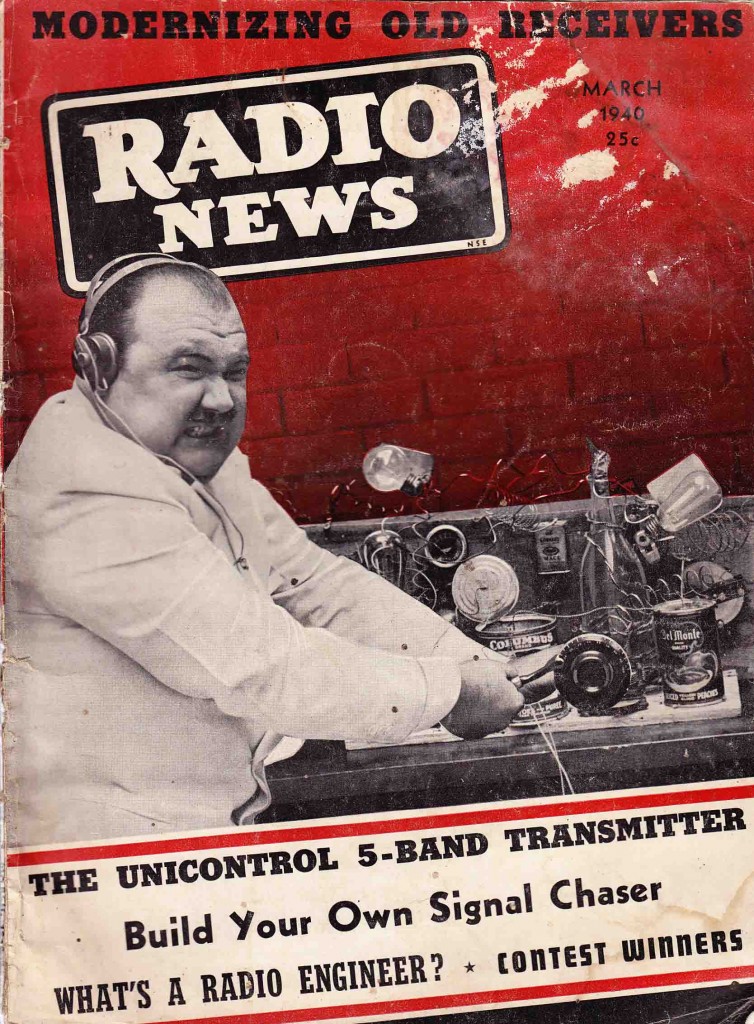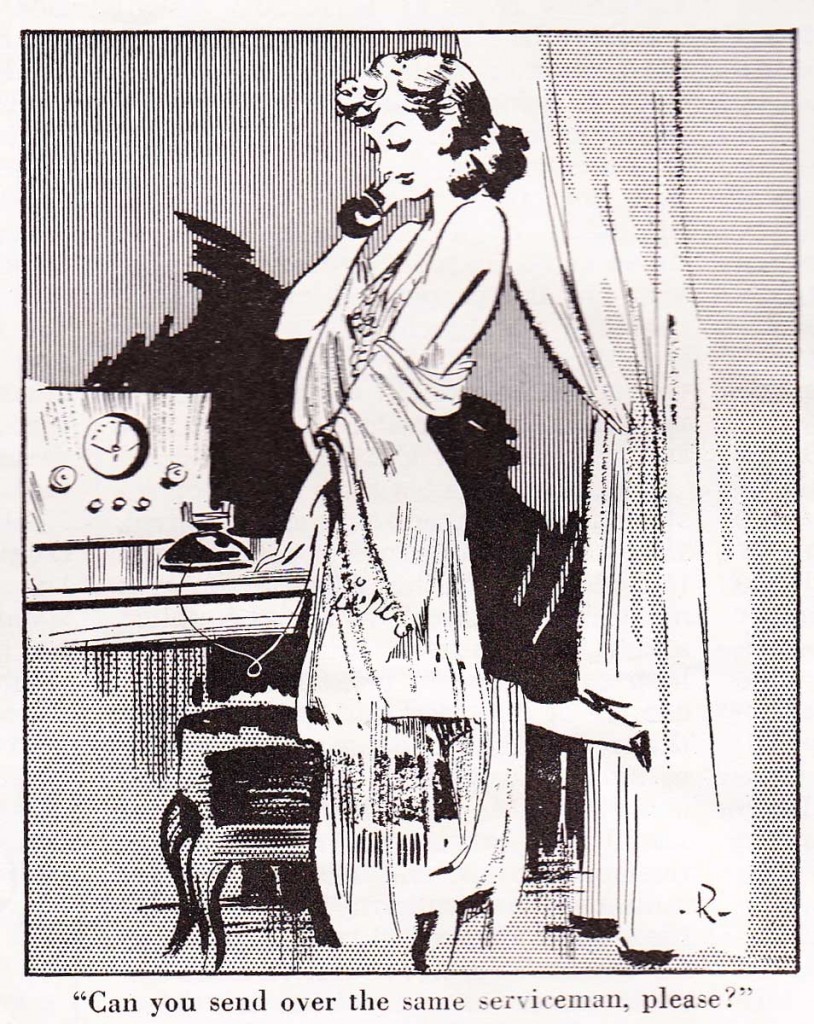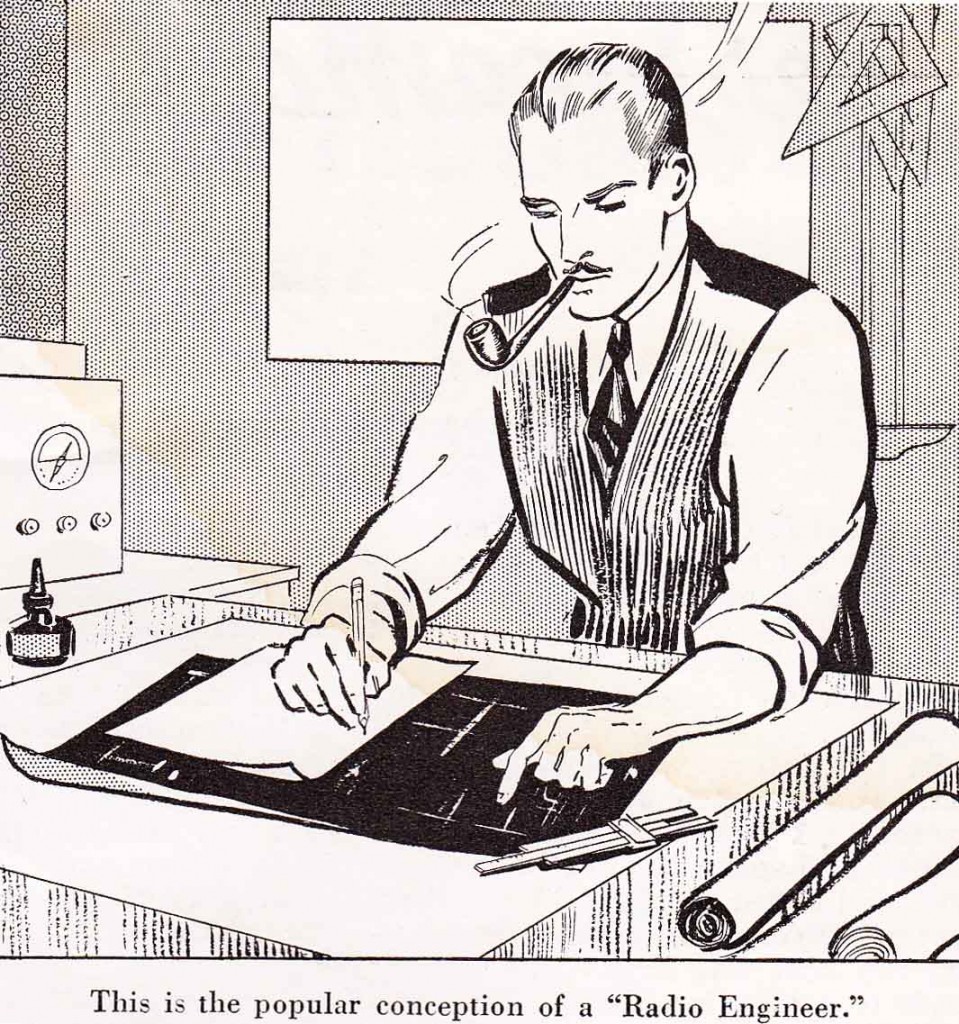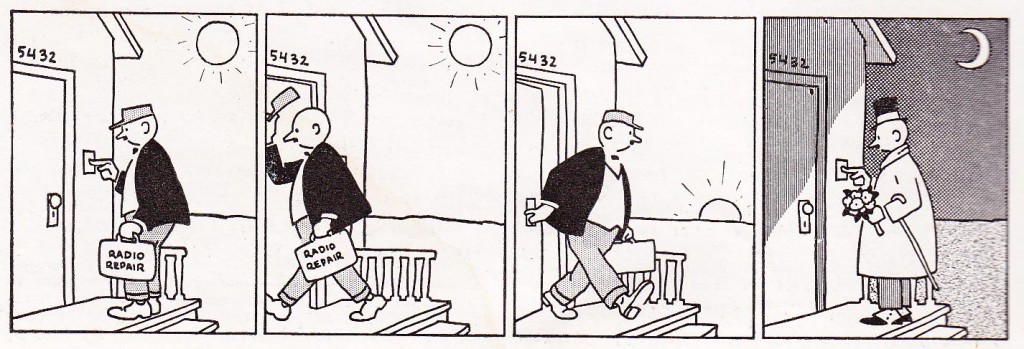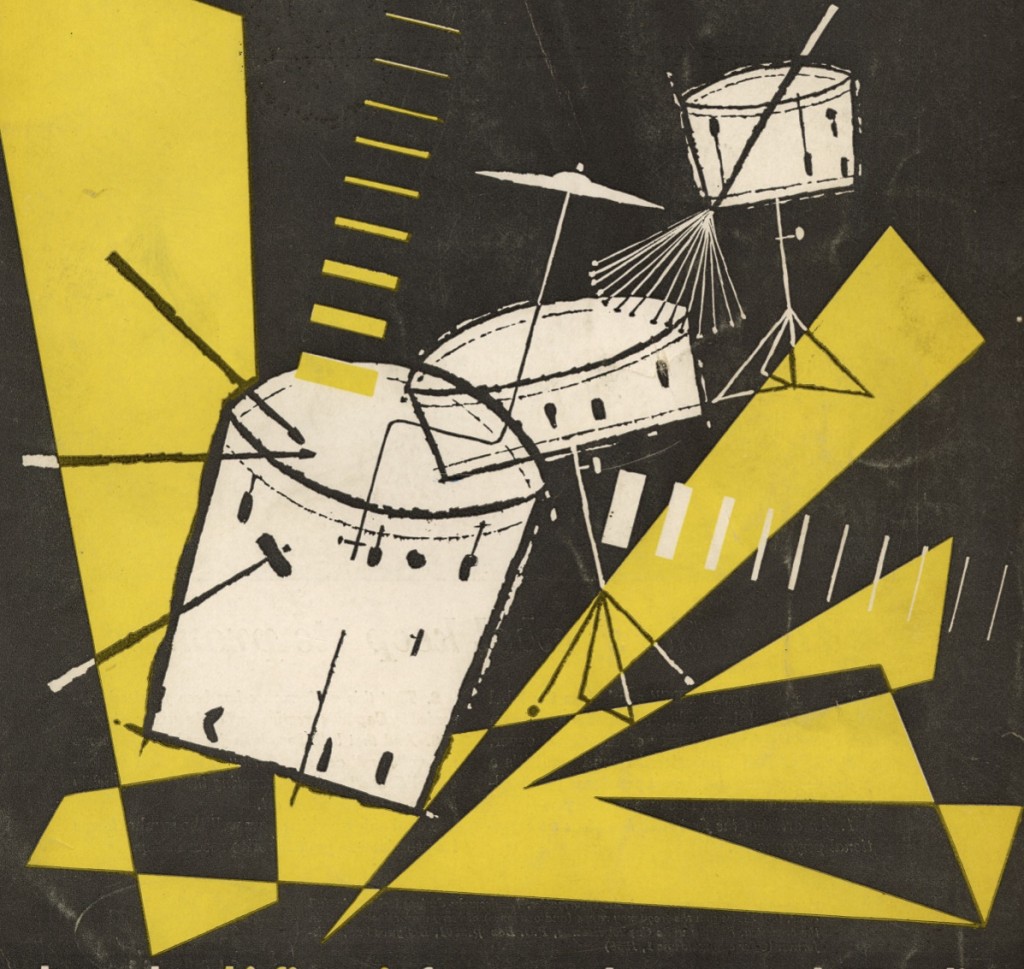 Download a four-page article from “High Fidelity Music at Home” (yes this was the title of an ancient magazine…) circa 1958 on the subject of Oh How Things Have Changed (in Jazz recording):
Download a four-page article from “High Fidelity Music at Home” (yes this was the title of an ancient magazine…) circa 1958 on the subject of Oh How Things Have Changed (in Jazz recording):
DOWNLOAD: HFMAH-5804-Jass_Band
Yeah yeah sure DAWs have changed music, MP3, etc., etc… but how about electricity? I recently started reading a couple of books from Mainspring Press on the subject of “Recording the Twenties” and “Recording the Thirties.” It’s a little tough for me to get through owing to the fact that I have no interest in the vast majority of music that the author discusses, but shit if I am going to sit here and harp on and on about audio history, maybe I should have some of the facts straight? NEways… some interesting stuff for sure. I bought an old spring-powered Victrola for a few bucks at an auction last week and ran some 78s on it… it sure didn’t sound great but music came out. Music made and recorded without the benefit of microphones, speakers, wires, or electricity. Crazy right?
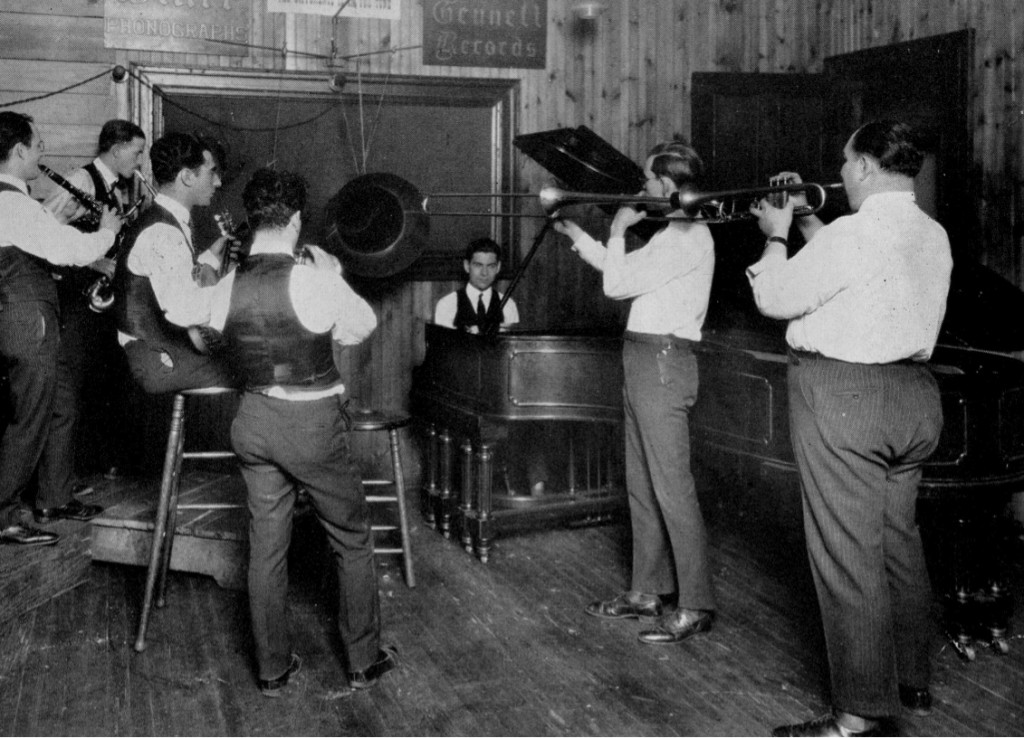 A “Jass” session for Gennet Records circa 1923. All of the sound happening in that room vibrates a small metal diaphragm located somewhere down in the bowels of that wall-mounted horn; this diaphragm is mechanically coupled to a needle that cuts a varying groove into a spinning disc. A record is made.
A “Jass” session for Gennet Records circa 1923. All of the sound happening in that room vibrates a small metal diaphragm located somewhere down in the bowels of that wall-mounted horn; this diaphragm is mechanically coupled to a needle that cuts a varying groove into a spinning disc. A record is made.
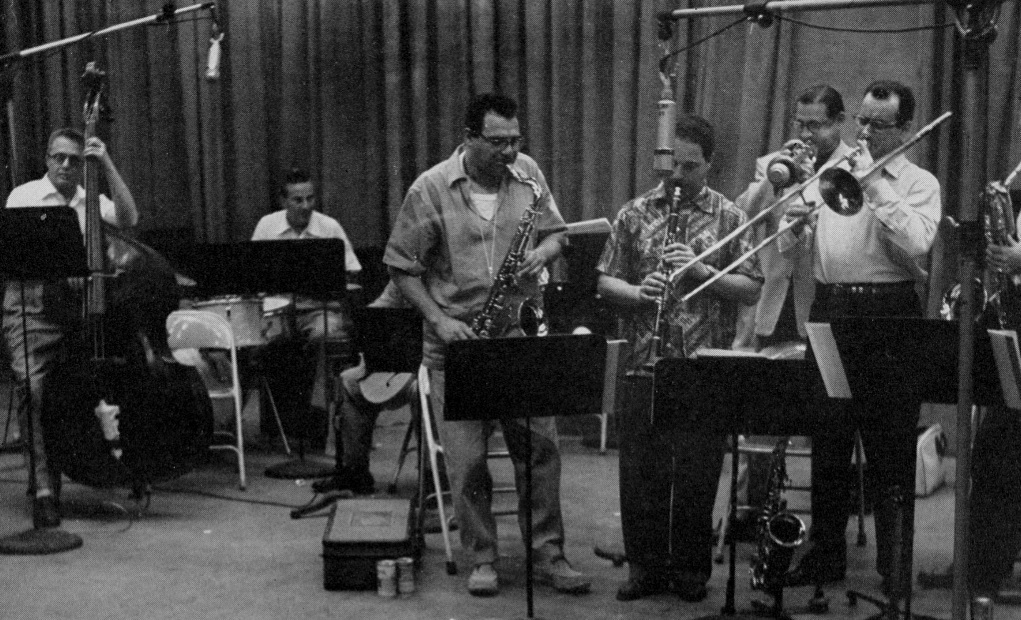 A Jazz session circa 1958. The sounds happening in that room vibrate thin polyester diaphragms inside all of those microphones; a particular instrument’s proximity to a particular ‘mic’ determines to what degree that ‘mic’ will pick up that instrument rather than the others. Electrical signals flow from each mic to an audio-mixing panel where the various signals can be combined or rejected to the taste of those with appropriate authority in the mixing-room. Eventually, a record is made.
A Jazz session circa 1958. The sounds happening in that room vibrate thin polyester diaphragms inside all of those microphones; a particular instrument’s proximity to a particular ‘mic’ determines to what degree that ‘mic’ will pick up that instrument rather than the others. Electrical signals flow from each mic to an audio-mixing panel where the various signals can be combined or rejected to the taste of those with appropriate authority in the mixing-room. Eventually, a record is made.
The only thing that we can count on as music-production professionals is change. Market forces drive change. The tastes and talents of the young, both music consumers and makers, drive change. Just get the job done and make the music feel powerful. Shit, I plugged my iphone into the HD3 system today to provide a quick synthesis source for a vocoder part and I’m not ashamed. The MS20 was just too far across the studio for me to bother with. As the author of the above-posted essay correctly states: “While we must encourage engineers to improve recording and reproducing equipment… the great enjoyment of music comes from understanding its aesthetic beauty, rather than concern with the techniques by which music is produced.”
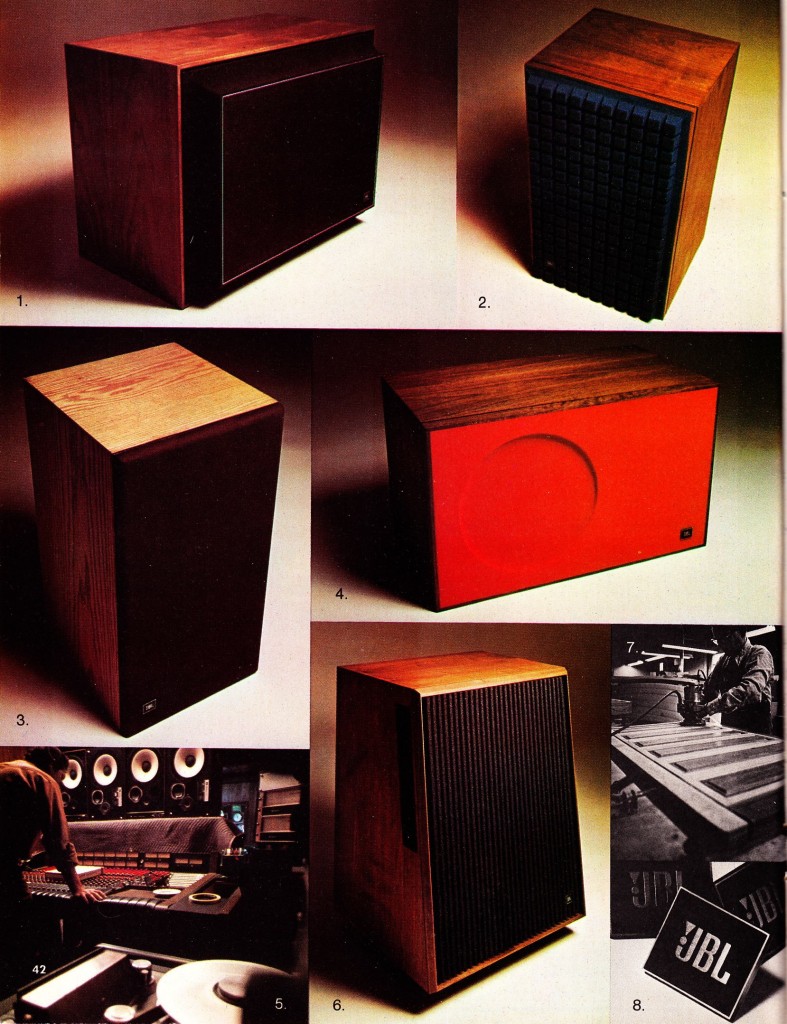
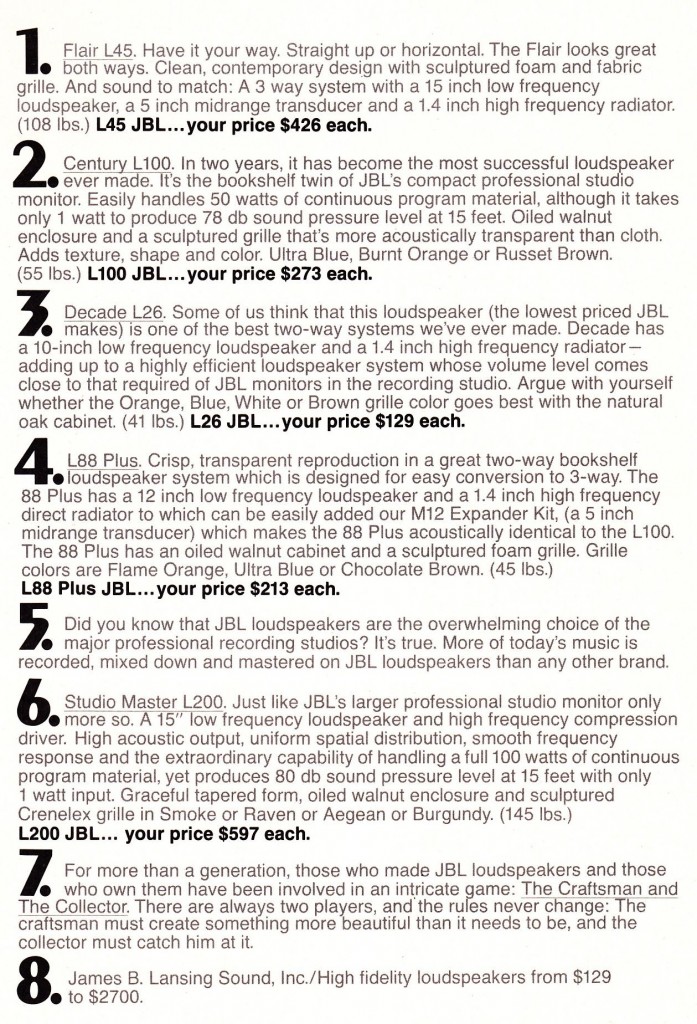 Above, JBL Flair L45, Century L100, Decade L26, L88 Plus, Studio Master L200.
Above, JBL Flair L45, Century L100, Decade L26, L88 Plus, Studio Master L200.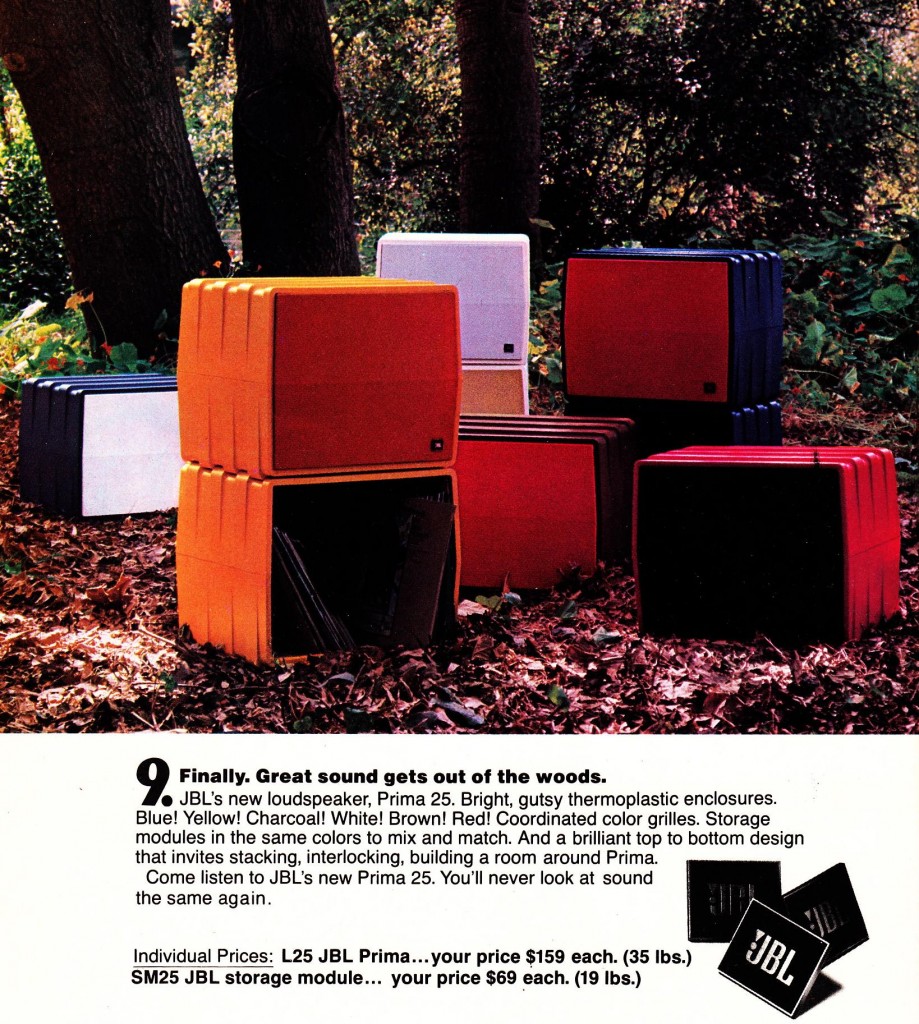 And last but not least… The L25 Prima! JBL’s plastic-cased speakers circa 1974. With optional coordinated record-bins. This one’s for you MT. You still got these things?
And last but not least… The L25 Prima! JBL’s plastic-cased speakers circa 1974. With optional coordinated record-bins. This one’s for you MT. You still got these things? 